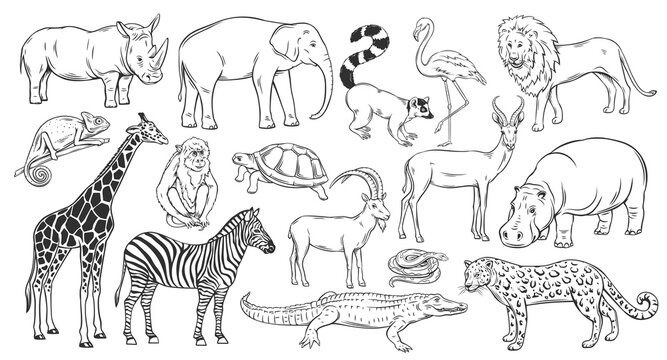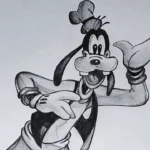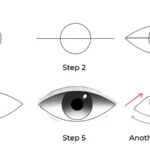Sketching animals is a fun and inspiring form of art that appeals to artists of all ages. Many people think drawing animals is difficult, but once you understand sketching basics, every line tells a story. In this article, we’ll explore what animal sketching is, how to start it, and how to bring life and energy into your sketches.
1. What is Sketching Animals?

Sketching animals means quickly drawing an animal’s figure in a raw, expressive style. The focus is on capturing shapes with simple lines and showing movement or posture. These sketches can be realistic or cartoon-style, but the main goal is to capture the animal’s spirit—its attitude and energy through each stroke.
2. Why Learn Animal Sketching?
Animal sketching is not just art—it can also be a form of therapy:
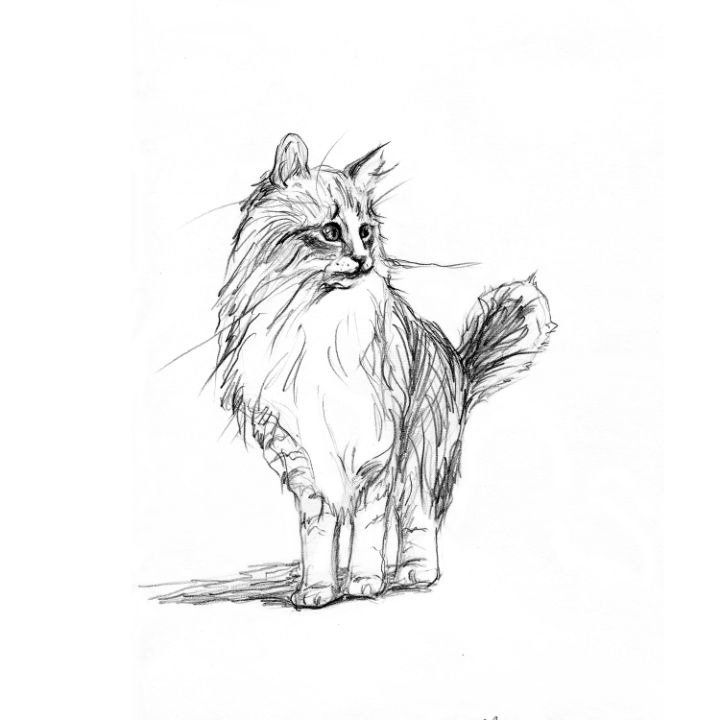
- Improves observation – You learn to see, understand, and then draw.
- Builds speed and confidence – Quick sketches improve hand control.
- Gives creative freedom – You can draw both real and imaginary animals.
- Great for storytelling – Useful in comics, animation, and illustrations.
3. What Do You Need to Start Sketching?

Basic Tools:
- Pencil (HB or 2B) – Simple and versatile.
- Sketchbook or A4 paper – Perfect for daily practice.
- Eraser – Mistakes are part of the process.
- Digital tablet (optional) – Great if you’re into digital art.
4. How to Start Sketching Animals

Follow these 5 easy steps:
- Draw basic shapes – Use circles, ovals, and lines to block out the body.
- Create a posture – Show the animal’s pose or action.
- Add face and limbs – Lightly draw details.
- Add shadows and texture – To give depth and realism.
- Finalize the outline – Make bold, clean lines.
5. How to Draw Different Animals

Each animal has a unique body structure, but some general tips include:
- Cats & Dogs – Round heads and flexible bodies.
- Horses – Long legs, muscular build.
- Birds – Spread wings create dynamic shapes.
- Fish – Curved bodies show flowing motion.
Using photo references helps you understand poses better.
6. Gesture Drawing – Capturing Movement

Gesture drawing means capturing a pose within 30–60 seconds:
- Use loose, flowing lines.
- Speed matters more than perfection.
- Helps you understand movement and balance.
This is great as a warm-up exercise.
7. Drawing Facial Expressions
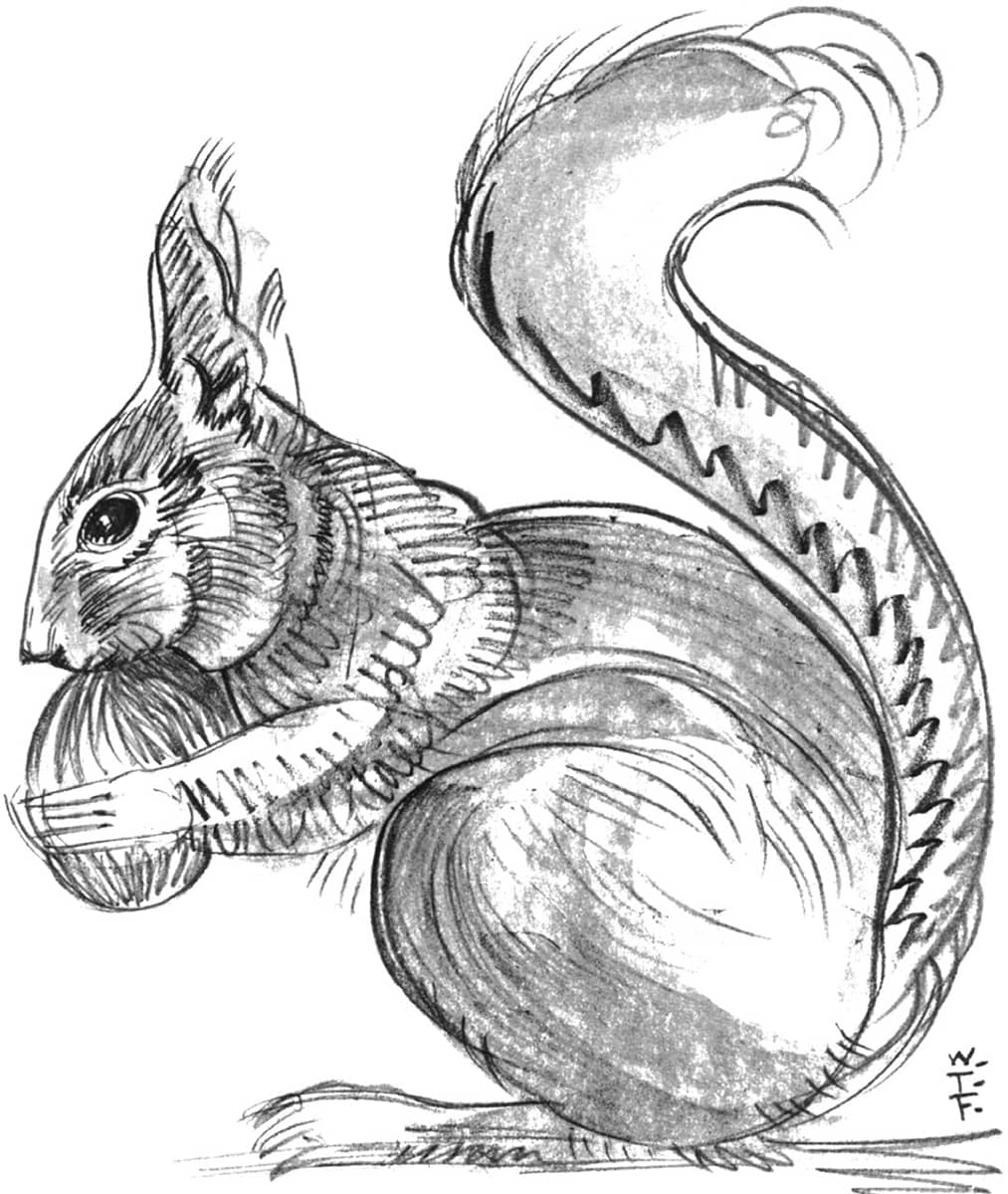
An animal’s face shows its personality:
- Make eyes expressive.
- Change the angle of ears or mouth to show mood.
- Small details can bring your sketch to life.
8. Drawing Fur, Feathers & Textures

You don’t need to draw every detail—smart sketching is about suggestion:
- Use short strokes for fur.
- Layer from light to dark.
- For feathers, use smooth, soft strokes.
9. Easy Animals for Beginners

If you’re just starting, try sketching these animals:
- Rabbit – Simple curves, easy expressions.
- Cat – Familiar poses and flexible spine.
- Owl – Round face and clear feather shapes.
- Fish – Basic outlines and flowing form.
10. Common Mistakes to Avoid

- Adding too much detail too early – Start with structure.
- No reference images – Always observe photos or videos.
- Stiff poses – Practice gestures first.
- Wrong symmetry – Align eyes and legs properly.
11. Stylized vs. Realistic Animal Sketches
Realistic Style:

- Accurate body proportions
- Detailed shading
- Used in wildlife or scientific art
Stylized Style:
- Big eyes, small bodies
- Exaggerated features
- Great for cartoons, animations, and logos
Both styles are useful—and you can blend them too!
12. Daily Practice Routine
Try this simple routine:
- Practice 15–30 minutes daily.
- One new animal per day.
- 5 quick sketches and 1 detailed sketch.
- Pause animal videos and draw freeze-frame poses.
This improves both speed and control.
13. Digital Sketching Tips for Animals
- Use pencil-style brushes.
- Sketch on separate layers.
- Don’t overuse the undo button—draw with intention.
14. Live Sketching at the Zoo or Park
Sketching real animals helps develop your skills fast:
- Make quick poses.
- Observe their movements.
- Understand weight and balance in their body.
15. Drawing Imaginative or Fantasy Animals
To design your own creatures:
- Mix real animals (e.g., lion + eagle = griffin).
- Add wings, horns, or tails.
- Keep anatomy believable and grounded.
16. Shading Techniques for Animal Sketches
- Hatching – Lines in one direction.
- Cross-hatching – Crisscrossed lines for darker areas.
- Smudging – Blur pencil with your finger or tool.
Light and shadow make a sketch feel real.
17. Sketchbook – An Artist’s Treasure
Keep a personal sketchbook that includes:
- Daily sketches
- Notes about shapes and movement
- Animal anatomy studies
- Creative character designs
This becomes a record of your growth.
18. Gift Idea: Pet Sketch Portraits
Draw your or a friend’s pet as a gift:
- Use a photo reference.
- Try realistic or cartoon styles.
- Add the pet’s name under the sketch.
It’s a thoughtful and emotional present.
19. Share Your Sketches Online
Show your artwork to the world:
- Post on Instagram: #animalsketch, #sketchdaily
- Create Pinterest boards
- Share process videos on YouTube or TikTok
This helps you get feedback and build a network.
20. The True Purpose of Sketching
Sketching isn’t about perfection—it’s about expression. When you sketch an animal, you tell a story without using words.
Each line and shape is a reflection of emotion. Whether you’re a beginner or experienced, pick up your pencil and start. Only practice leads to progress.

Alexander Smith is an accomplished blogger with years of experience in crafting engaging and insightful content. Known for his expertise and passion for storytelling, Alexander brings a unique perspective to Fascinate Names, captivating readers with his thoughtful analysis and fresh ideas. His extensive background in digital media and writing makes him a valuable voice in the blogging community.

